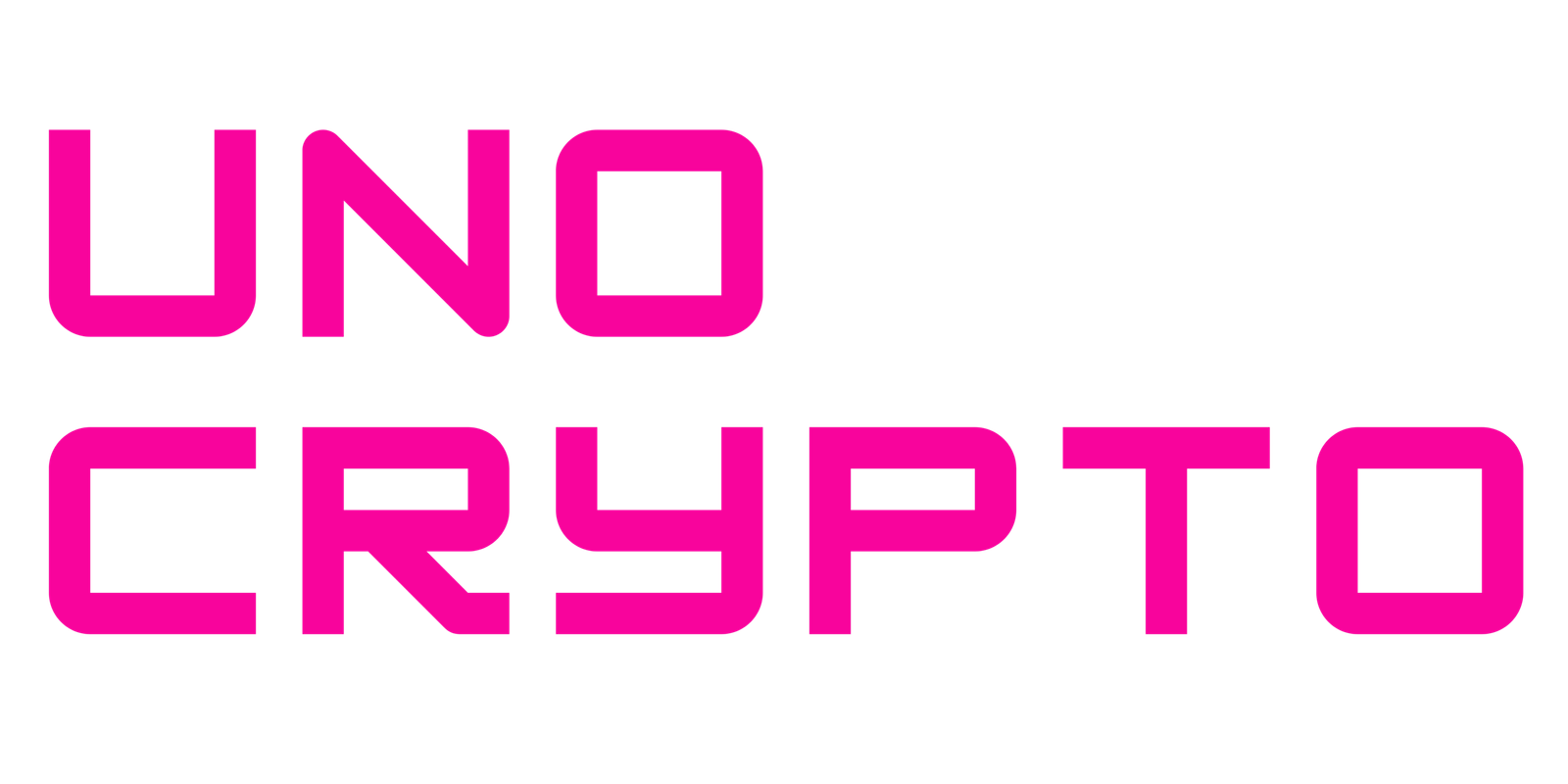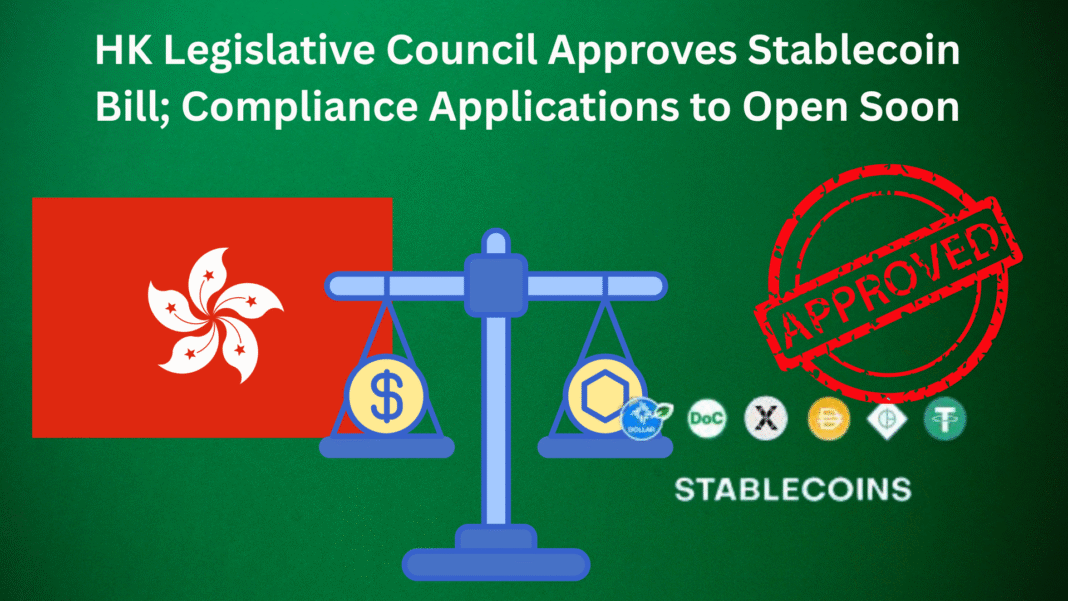The Hong Kong Legislative Council has officially passed the Stablecoin Bill in its third reading, marking a pivotal moment in the city’s approach to digital asset regulation.
The bill introduces a regulatory framework for stablecoin issuance and is designed to enhance transparency, investor protection, and monetary stability within the rapidly evolving crypto ecosystem.
HKMA to Begin Accepting Stablecoin Licensing Applications by End of 2025
Under the new legislation, institutions interested in issuing stablecoins must apply to the Hong Kong Monetary Authority (HKMA) for licensing. Applications are expected to open before the end of 2025.
A key requirement is that stablecoins must be fully backed by legal tender, ensuring that their value remains stable and verifiable, thereby minimizing systemic risks often associated with algorithmic or under-collateralized stablecoins.
The move reflects Hong Kong’s commitment to becoming a global hub for digital assets, striking a balance between innovation and regulation.
It aligns the city with other major jurisdictions taking steps to formalize oversight of fiat-pegged cryptocurrencies.
Market participants see this as a welcome step toward fostering trust and broader adoption of stablecoins in financial services and payments.
By establishing a clear compliance pathway, Hong Kong is positioning itself as a forward-thinking jurisdiction capable of regulating and nurturing blockchain-based financial innovation.
Also Read: Leading Crypto Hedge Fund in Hong Kong Announces $23M Dividend Payout Amid Regulatory Milestones
Stablecoin Bill Positions Hong Kong as a Global Digital Finance Hub
The passage of the Stablecoin Bill is a strategic move that positions Hong Kong as a forward-looking hub for digital finance.
By introducing a regulatory framework for stablecoin issuance, the city enhances its reputation for fostering innovation while maintaining financial stability.
Requiring stablecoins to be backed by legal tender ensures transparency and minimizes the risk of market volatility, protecting investors and users.
This development also supports Hong Kong’s ambition to lead in the digital asset space, attracting global fintech firms and institutional players looking for regulatory clarity.
With growing demand for stable digital payment options, compliant stablecoin issuers can now operate within a secure and structured environment.
Furthermore, the legislation boosts consumer confidence and lays the groundwork for integrating stablecoins into the broader financial ecosystem, including cross-border payments, tokenized assets, and decentralized finance (DeFi).
Overall, it strengthens Hong Kong’s competitive edge in the global digital economy.
Stablecoins Now Account for Over 40% of Funds Received in Hong Kong
The new bill comes as the use of stablecoins has increased significantly in Hong Kong, where they currently make up more than 40% of all money received.
This spike is a reflection of the growing institutional and retail demand for reliable digital assets.
The Hong Kong Monetary Authority (HKMA) established a stablecoin issuer sandbox in March 2024 to facilitate this growth, enabling organizations such as Standard Chartered, Animoca Brands, and HKT to test stablecoin use cases in tokenized assets, trade settlements, and e-commerce.
These programs seek to improve cross-border payments, increase financial inclusion, and incorporate stablecoins into a range of economic endeavors.
The stablecoin ecosystem’s stability and security are guaranteed by the HKMA’s regulatory framework, which consists of risk management guidelines and licensing criteria.
Also Read: Hong Kong Lawmakers Propose Bitcoin Inclusion in Fiscal Reserves, Aims At Holding BTC For Longer


